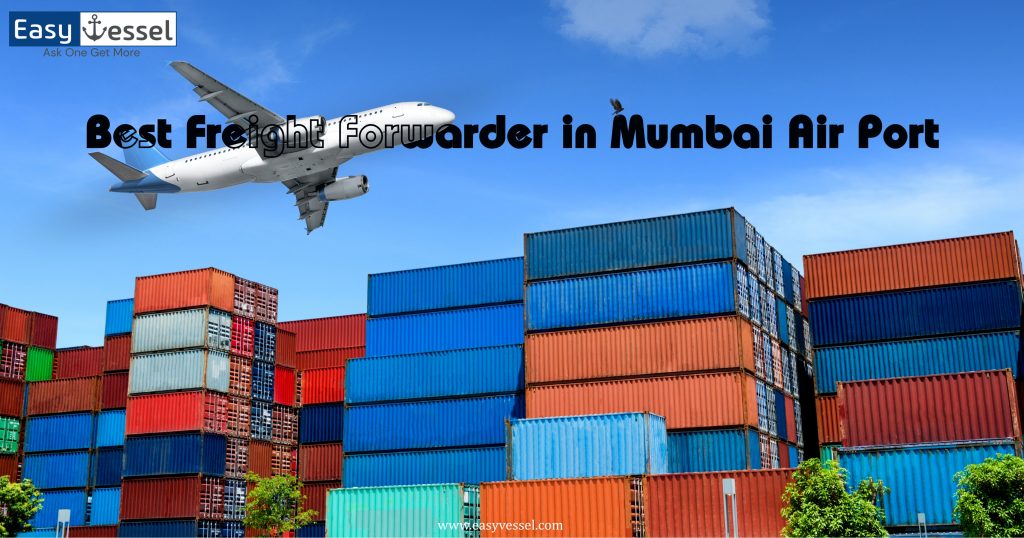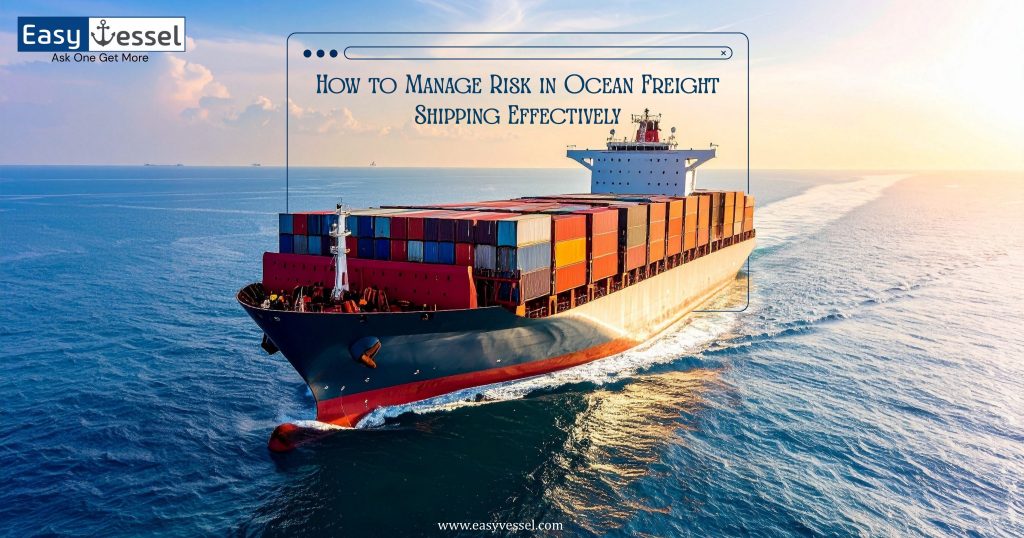Comprehensive Launching Your Global Business: Steps to Get Export-Ready
- When start your import export business you complete all necessary requirements, such as finding buyers, securing suppliers, finalizing documents, and selecting products, you have prepared yourself to take the next step: exporting.
- At this stage, after completing these essential pre-requirements, you’re ready to start the export process with confidence.
- So, you’re on the border of stepping into the global market? Congratulations! But, are you genuinely ready to expand your business globally?
Final Steps to Get Export Ready:
Here is a simple guide on the essential steps you need to embark on your import export journey:
Prepare Your Products for the Global Stage:
- Before you start exporting, it’s important to make sure that your import export business is ready.
- This means having a clear understanding of your target market, your products or services, and your competitive landscape.
- You should also have a plan in place for managing your finances, logistics, and compliance.
- Your products should meet international quality standards.
- Conduct the necessary checks to ensure they are ready for the global market.
Legal and Compliance Check:
- Comply with export laws and regulations.
- Additionally, ensure you have the necessary documents and understand the customs procedures for your products.
- Ensure that you’ve met all legal and regulatory requirements for export compliance.
- Double-check your documentation to confirm that everything aligns with the regulations of both your home country and the destination country.
Develop Strong Shipping Logistics:
- Know your shipping options.
- Understand how to manage the movement of your products efficiently across international borders.
- Think of this like planning the best route for a road trip; after all, you want to get to your destination smoothly.
Market and Promote:
- Create a strong online presence.
- Market your products in international markets using digital platforms and, moreover, social media.
- Think of this like advertising your products on a big billboard on the internet highway.
Set the Right Price:
- Determine competitive prices for your products in the global market.
- Consider currency differences and taxes. If you’re selling a phone for $500 in the U.S., you might need to sell it for a different price in another country due to currency differences.
Secure Your Payments:
- Offer different ways for customers to pay you safely, especially for international customers, and secure your transaction.
- Think of this as accepting multiple types of payment cards in a store; it makes it easier for people to buy.
Customer Support System:
- Have customer service that’s ready to help people.
- Just like a helpful salesperson in a store can make your shopping experience great, similarly, responsive customer service can make international customers happy.
Follow-Up:
- Create a plan to check if your customers have received their products safely and if they are happy with their purchase.
- This could involve reaching out to them after delivery to ensure everything went well; consequently, they’re satisfied with the product they received.
Financial Arrangement:
- Look into various financing options that can support your international transactions.
- Arrange for the necessary financial transactions, ensuring that payment terms and conditions are agreed upon by both parties.
Build Lasting Relationships:
- Build strong relationships with suppliers and buyers.
- These connections are the backbone of successful global trade.
- Establishing solid connections with those you buy from and sell to is parallel to having reliable friends in different places.
Keep Up with the Trends:
- Keep an eye on the global market.
- Furthermore, adapt your strategies based on changing customer preferences and market trends.
- Staying updated on what’s happening in the global market is similar to changing your wardrobe to match the latest trends.
- When you’ve effectively tackled these aspects and thoroughly understand the export process, you are well-prepared to take the final step towards starting to export your products.
Conclusion:
In conclusion, Starting an import export business is a journey that demands dedication, thorough research, and strategic planning. By following this, you’ll lay a robust foundation for your export operations, paving the way for success in the global market.
Easyvessel is the best solution to connect importers and exporters with multiple freight forwarders to get the best freight rates with 0% commission worldwide.
References:
Frequently Asked Questions
Here are 4 steps in developing an export strategy to start an import export business:
Choose the Right Product: Pick what you want to sell abroad and make sure it’s something people in other countries will like.
Explore Different Countries: Look into the places you want to sell to and see if there are enough people interested in what you’re selling.
Set the Right Price: Figure out how much you’re going to sell your product for in other countries.
Make a Plan to Reach Customers: Decide how you’re going to find and connect with people who want to buy your product.
Here are 6 key steps to promote your import export business:
1. Make export a key part of your business plan with clear sales goals.
2. Approach markets gradually, researching culture, religion, and demographics to understand your target clients’ needs.
3. Start small to learn the nuances of logistics and customer service before expanding.
4. Visit target countries to build relationships, partnerships, and local connections.
5. Implement payment protection measures and understand the financial risks of international transactions.
6. Leverage government resources to support your foreign trade initiatives.
Exporters who keep up with market trends, establish strong relationships with buyers, and have a solid understanding of global trade have a better chance of succeeding in the competitive import export business. If you carefully follow this checklist, gather all the needed documents, and meet these criteria, you will be well-prepared for exporting.



